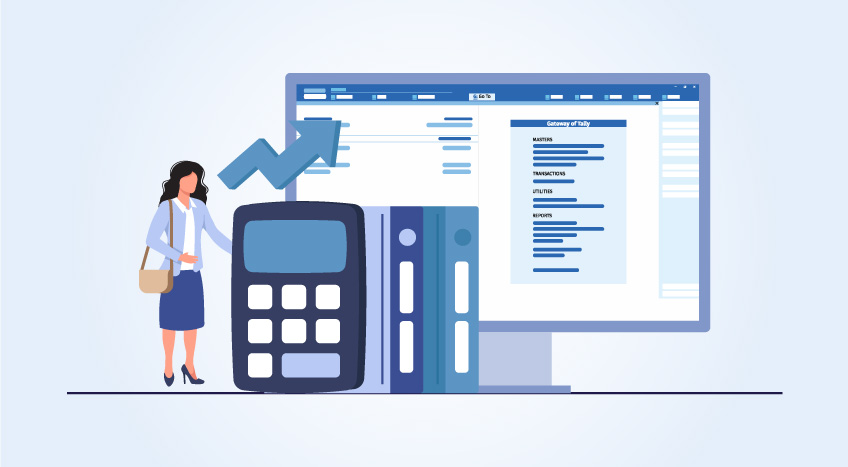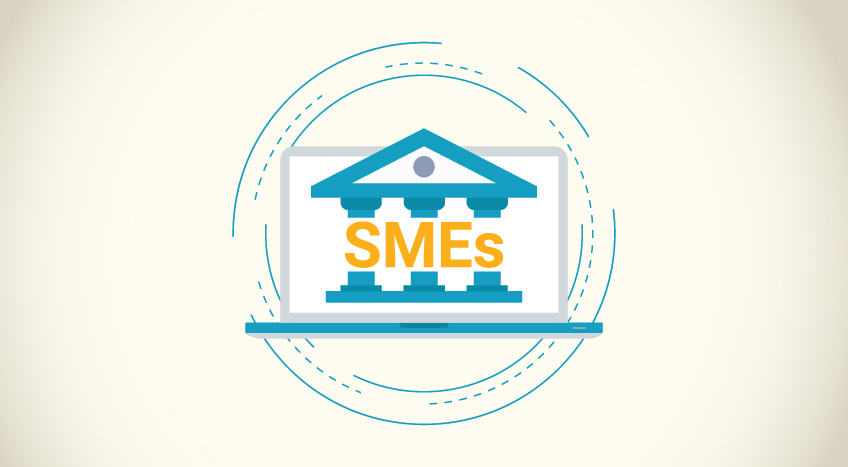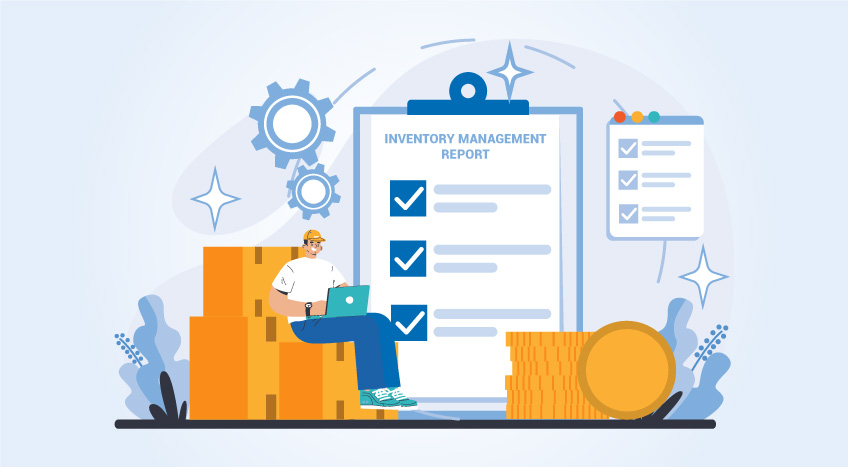- What is the Direct Write Off Method?
- Direct Write off Method and GAAP
- The Direct Write off Method vs. the Allowance Method
- What Is Wrong with the Direct Write off Method?
- Account Your Bad Debts Easily
Ideally, all the amounts due to a company would be paid off in a timely manner. But, sometimes the amounts due cannot be collected and are called bad debts. This situation is accounted for by the direct write-off method.
What is the Direct Write Off Method?
Most businesses operate through credit sales to the customer. These amounts are accounted for as accounts receivable. Most of these debts are paid by the customer in a timely manner or without a delay. But, debts that are uncollectible are an unfortunate occurrence in business. There are two methods to deal with such uncollectible bad debts in bookkeeping; the direct write off method and the allowance method.
The allowance method is used to allow for bad debts on the income statements. The write off method is required by the IRS for bad debts. Since the allowance method uses an estimated amount, it is not as accurate as of the direct write off method. In the direct write off method, the bad debts expense account is debited and the accounts receivable is credited. This is the opposite of the usual practice of an unpaid invoice being a debit in the accounts receivable account. This is because the accounts receivable is an asset and increase when you debit it.
When you file a business tax return, you can write off bad debts from the total taxable income. It is mandatory to use the direct write off method for IRS tax returns and the allowance method is not accurate enough.
Direct Write off Method and GAAP
Generally accepted accounting principles or GAAP require that an expense be matched to revenue in the same accounting period. But when bad debt is written off in the direct write off method, it is usually in a different accounting period from the original invoice. So, the loss is not reflected in the revenue for the time period when the invoice was raised. And the revenue is also incorrect for the time period when the bad debt was expensed.
This is a distortion that reflects on the revenue financial reports for the accounting period of the original invoice as well as the period of the write off. To keep the revenue of both the time periods accurate, the financial reports should use the allowance method of accounting for bad debts.
The Direct Write off Method vs. the Allowance Method
When you use the allowance method, you estimate how much bad debt you have to account for the accounting period. This reflects the revenue of that time period. However, it relies on an estimate of which unpaid invoices may or may not be bad debts in the long run. When you directly write off the bad debt, it is done only when you are sure that the invoice is uncollectable. The direct write off method is easier for businesses that do not have much accounting expertise as it only takes a simple journal entry. It records the loss precisely instead of in estimates. However, it distorts the revenue and the outstanding amount for the accounting period of the invoice as well as the bad
Allowance Method
The allowance method accounts for the bad debt of an unpaid invoice in the same time period as the invoice that was raised. When a company uses the allowance method, they have to study its accounts receivable or unpaid invoices and estimate the amount that may eventually become bad debts. This estimate is debited from the bad debts expense account. It is credited to an allowance for doubtful accounts which is a contra account.
Direct Write Off Method
In the direct write off method, the amount of the bad debt is accounted for in the time period when it is decided that the amount is uncollectable. This is usually not in the same accounting period as the one in which the invoice was raised. The bad debts expense account is debited for the actual amount of the bad debt. The accounts receivable is credited for the same amount. This directly impacts both the revenue as well as the outstanding balance due to the company. It causes an inaccuracy in the revenue and outstanding dues for both the accounting period of the original invoice as well as the accounting period of it being classified as a bad debt.
What Is Wrong with the Direct Write off Method?
The direct write off method may be necessary to maintain the accuracy of the written off amount. However, it creates inaccuracies in the revenue and bad debt amounts that are reflected in the financial reports. The generally accepted accounting principles or GAAP require that all revenue costs must be expensed in the same accounting period. It is called the matching principle.
But, the direct write off method does not always consider the bad debt in the exact same accounting period. It is expensed only at the time when the business decides that the specific invoice will not be paid and classifies it as uncollectible. This decision may be made at any time and is more often well out of the accounting period of the invoice.
Let us consider a sale that was made in the first quarter and then written off in the fourth quarter. When you use the allowance method, you may have correctly estimated the bad debt in the first quarter. This would accurately reduce the revenue shown in the first quarter and have no effect on the subsequent accounting periods.
If you use the direct write off method for this invoice, the revenue for the first quarter would be artificially higher. And the revenue of the fourth quarter would be artificially lower. This skews the actual revenue of the company in these two time periods and causes the related financial reports to be inaccurate.
Account Your Bad Debts Easily With TallyPrime
The implementation of the bad debt accounting methods may seem a bit fussy implement. But, Tally automates the process and makes your accounting process easier regardless of whether you use the direct write off method or the allowance method. Tally also helps you stay one step ahead and minimize bad debts in the first place. Tally’s receivable and payables management reports help you keep track of the debtor’s capabilities and payment performance. It also enables you to easily keep track of and perform a bills aging analysis of all outstanding invoices. Tally is an essential tool to help businesses track and reduce the occurrence of bad debts that have to be written off.
Book a free demo to experience TallyPrime and leave your accounting woes to us!
Explore more Products
Best Accounting Software in USA, Accounting Software for Small Businesses in USA, Factors to Consider before Buying Bookkeeping Software for Your Business in USA, Benefits of Payroll Management Software for Small Businesses in USA, Invoicing And Billing Software in USA That Best Suits Your Business
Read more on Accounting
COGS vs Expenses, What is Revenue Recognition?, Financial Accounting Vs. Managerial Accounting, Real Estate Accounting in US Best Practices and Bonus Tips, Difference Between an Estimate, Quote, Bid, and Proposal, How to Easily Build Great Estimates for Your Projects?
Popular Articles
Differences Between Trial Balance & Balance Sheet, What is the NOPAT Formula?, What is A Pay Stub?, What Are T Accounts?, What is a credit note?, How to Find Gross Profit?, What are Operating Expenses?, Break Even Point Formula, What is the Gross Margin Formula?, What Is Interest Expense?










